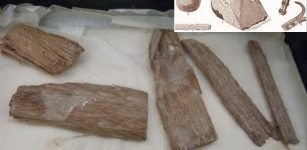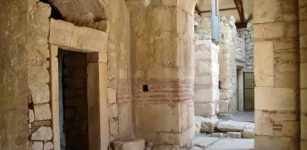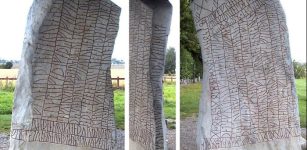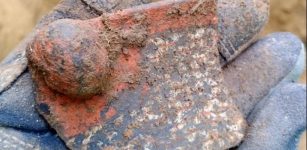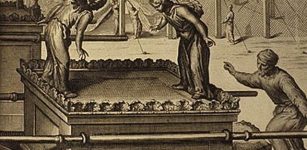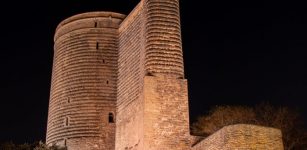On This Day In History: Siege of Jerusalem: Titus And His Legions Breach The Middle Wall Of The City – On June 5, 70 CE
AncientPages.com - On June 5, 70 CE, the Roman Siege of Jerusalem ended as rebel forces in the city were beaten.
Titus and his Roman legions breach the middle wall of Jerusalem.
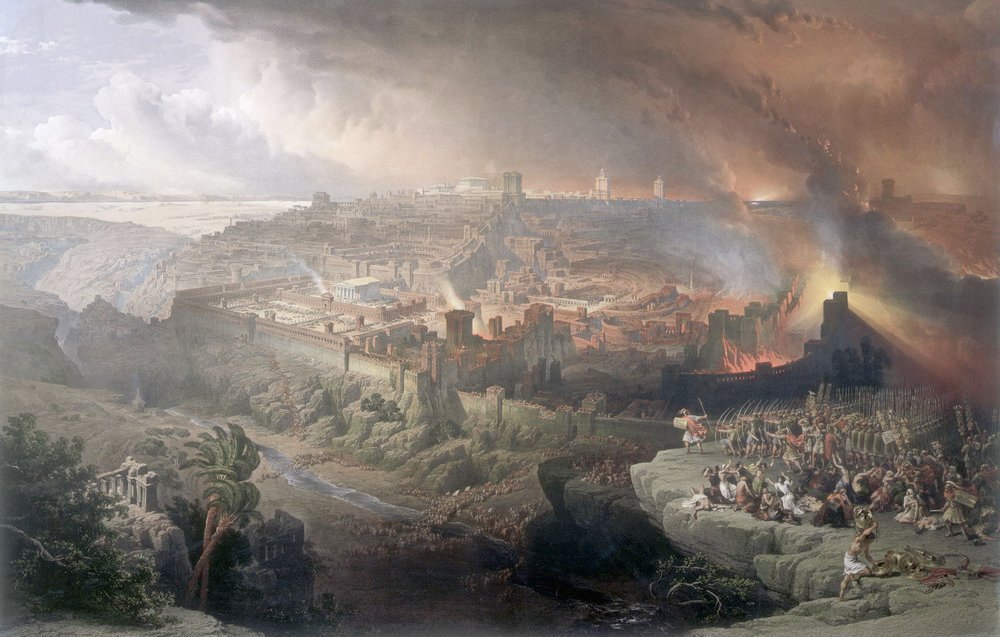 The Siege and Destruction of Jerusalem, by David Roberts (1850) - source - Public Domain
The Siege and Destruction of Jerusalem, by David Roberts (1850) - source - Public Domain
The siege and conquest of Jerusalem was the climax of the Great Revolt, which began four years earlier with Jewish rebels' attacks in the Land of Israel against Roman authorities.
After Syrian-based legionnaires failed to put down the unrest, responsibility for crushing the rebellion fell to the Roman general Vespasian, accompanied by his son Titus. They slowly made their way south from the Galilee beginning in 67 CE, conquering town after town. When Vespasian returned to Rome to become emperor in 69 CE, Titus took over the leadership of the counter-offensive.
Titus began his assault on Jerusalem in March of 70 CE with the help of four Roman legions who trapped between 600,000 (according to Tacitus) and 1 million people (the estimate of Josephus) in the city.
Following the destruction of the Third Wall and the Antonia Fortress, the Romans set themselves to conquering the Temple.
Titus supposedly intended to leave the grand structure – just built in the preceding century by Herod the Great – intact to turn it into a temple to Jupiter. Still, a Roman soldier threw a torch into it and burned it to the ground.
Many Jews fled the city, and others moved to the upper town to make a final stand. The upper city fell on September 7, although according to some sources, it happened on September 26.
According to Josephus, the former Jewish general who defected to the Romans and became the great historian of the "Jewish Wars," Titus killed most of the city's residents. He ordered the razing of all but its tallest structures. Titus succeeded his father as emperor when Vespasian died in 79 CE.
His conquest of Jerusalem is commemorated by and dramatically depicted in the Arch of Titus, which tourists can visit today in Rome. After Syrian-based legionnaires failed to put down the unrest, responsibility for crushing the rebellion fell to the Roman general Vespasian, accompanied by his son Titus. They slowly made their way south from the Galilee beginning in 67 CE, conquering town after town. When Vespasian returned to Rome to become emperor in 69 CE, Titus took over the leadership of the counter-offensive.
Titus began his assault on Jerusalem in March of 70 CE with the help of four Roman legions who trapped between 600,000 (according to Tacitus) and 1 million people (the estimate of Josephus) in the city.
Following the destruction of the Third Wall and the Antonia Fortress, the Romans set themselves to conquering the Temple.
Titus supposedly intended to leave the grand structure – just built in the preceding century by Herod the Great – intact to turn it into a temple to Jupiter. Still, a Roman soldier threw a torch into it and burned it to the ground.
Many Jews fled the city, and others moved to the upper city to make a final stand. The upper city fell on September 7, although according to some sources, it happened on September 26.
According to Josephus, the former Jewish general who defected to the Romans and became the great historian of the “Jewish Wars,” Titus killed most of the city's residents. He ordered the razing of all but its tallest structures. Titus went on to succeed his father as emperor when Vespasian died in 79 CE.
His conquest of Jerusalem is commemorated by and dramatically depicted in the Arch of Titus, which tourists can visit today in Rome.
AncientPages.com

